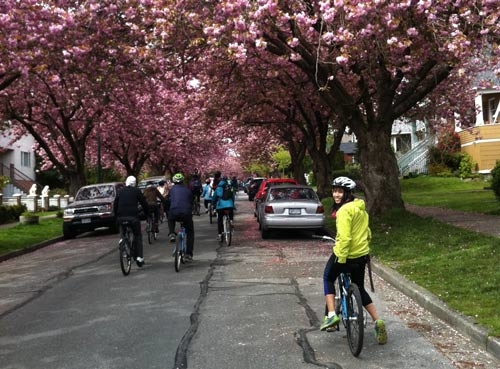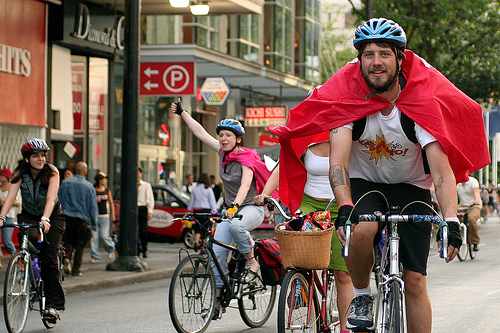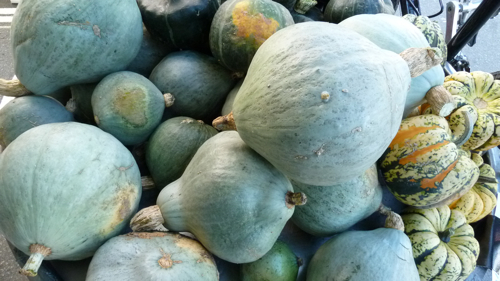Green thinking in cities, Part 6: Portland
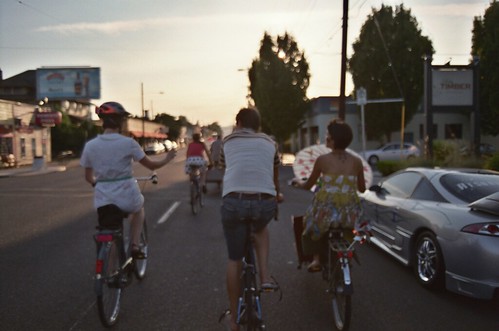 Photo by cafemama via Flickr
Photo by cafemama via FlickrPortland, Oregon has several remarkable traits that make the city liveable and more sustainable.
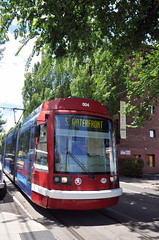 Photo by contessak via Flickr
Photo by contessak via FlickrThe city is well-known for its cycling culture — 3.9% of residents make their trip by bicycle, beating out Vancouver at 3% (we’re not even in second place!). With the city’s investment in expanding its current 300+ mile network, they’re bound to shoot ahead. (Copenhagen still takes the cake by a long shot.) Bicycle transportation planner Mia Birk from Alta Planning + Design was recently in Vancouver to show us the quick and successful improvements she was involved in to bring more and safer bike lanes to Portland. The results? More cyclists, fewer crashes, less traffic. Their process involved community engagement as well, which isn’t easy. The city’s mayor, Sam Adams, was here a couple years ago to talk about active transportation in Portland. They take it seriously.
Portland also boasts a light rail system dubbed MAX, the Portland Streetcar system, and a commuter rail to connect to the suburbs. MAX’s operator, TriMet, has also released transit data enabling anyone to create smartphone apps that help transit users maximize their experience. There’s also a free transit zone on the MAX and streetcar.
Lastly, Portland enforces an urban growth boundary through land-use laws that limit growth to an extremely slow pace. According to GOOD Magazine (Pushing the Limits by Zach Dundas in their Winter 2010 “Slow Issue”), “the average Portlander drives 20 percent fewer miles than the average American city dweller”. Multiple levels of local government “collaborate to select ‘urban reserves’ and ‘rural reserves’ — designations intended to shape Portland’s growth not for five years but for half a century.” Talk about long-term planning. “Rural reserves would — theoretically, at least — remain farms, wetlands, and forests until at least 2060.” The farmland isn’t completely safe from development as requests can come through, and the balance of whether to develop it or retain agriculture, or what the balance of the two should look like, has to appease diverse groups. But the fact that Portland has understood the importance of limiting sprawl and preserving its rural culture and natural wealth makes it a model for modern cities that continue to eat up agricultural land at a rapid pace. You can in fact have a thriving, liveable, affordable and economically viable city on a restricted land base and retain the rural life that literally feeds it. In fact, I see it as our best option.
 This daily green blog challenge is in celebration of David Suzuki’s 75th birthday, supporting the David Suzuki Foundation. Please help me out by sponsoring me online now.
This daily green blog challenge is in celebration of David Suzuki’s 75th birthday, supporting the David Suzuki Foundation. Please help me out by sponsoring me online now.
Note: I am writing solely on my own behalf, and do not claim to represent the David Suzuki Foundation or its views here.

